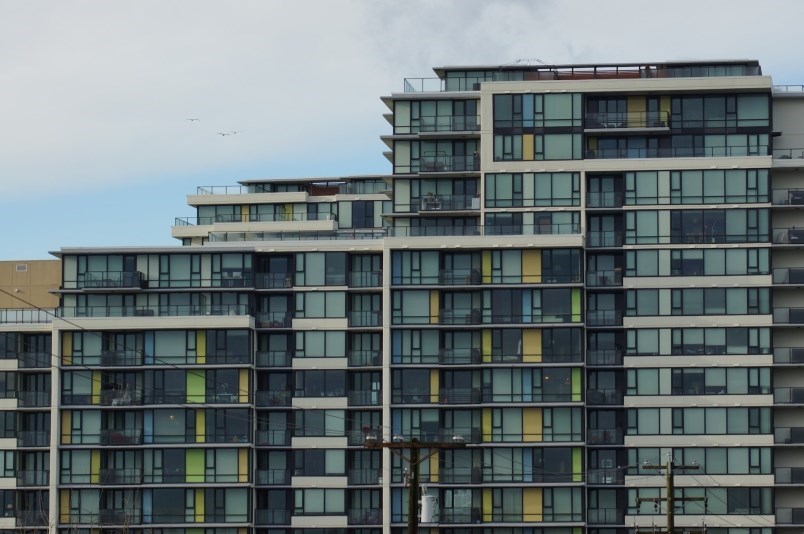The province is looking to introduce legislation allowing up to four units of housing on single-family lots across B.C.
While the province said it will work with municipalities to implement the new zoning rules to build in existing neighbourhoods, Richmond Mayor Malcolm Brodie cautioned that one specific application won't necessarily work for an entire province.
“I don’t believe in one size fits all,” he said.
For example, Brodie noted, in Richmond, growth is concentrated in City Centre and along arterial roads, which are transit-oriented areas.
The BC NDP government released a housing plan on Monday with several policies - from zoning changes to a flipping tax - to tackle the on-going housing crisis.
B.C. has a strong economy, good public services and natural beauty but finding a decent affordable place to live is a challenge for too many British Columbians, said B.C. Premier David Eby during Monday’s announcement. “In fact, it has become a crisis.”
Too many people who want homes, including people in their 20s and 30s, are instead still living with their parents, and finding rentals is also difficult, he added.
“It’s tough out there — even people making a good income are struggling to find a place to live,” said Eby.
This, he added, is impacting people’s quality of life and holding back the economy.
“Businesses are struggling to attract workers who can’t afford to live in the communities where the jobs are,” he said.
But Brodie questioned whether the infrastructure and services, such as police, fire response, schools and parks, would be adequate in those single-family neighbourhoods if they were allowed to quadruple in density.
“Are you going to have enough where you need it?” he said.
Furthermore, he pointed out single-family areas have neighbourhood character as well as a tree canopy, both of which could be lost.
Shortly after reviewing the announcement, Brodie said he has questions about how it will be implemented.
“We want to have more housing and more affordable housing, but we don’t want to build every square inch of the city,” Brodie said.
This year, city council will be starting a review of its Official Community Plan (OCP), the document that guides development in the city.
“As we review our OCP, we’re taking a deep dive into livability, housing and affordability,” Brodie said, adding the city needs to see “good growth” that’s carefully planned.
Besides, he noted, some provincial projects like the Pathways Clubhouse housing development have been held up because of provincial requirements.
“Sometimes those in the driver’s seat have to look in the mirror,” he said.
The provincial Homes For People plan included few details on how some of its main initiatives will work, but said the province will work with municipalities to implement the new zoning rules.
The housing plan also included $4 billion over three years - and $12 billion over 10 years - to build “thousands” of homes.
Furthermore, the plan noted, there would be more middle-income, multi-unit housing, an annual income-tested renter’s tax credit, forgivable loans for homeowners to build and rent secondary suites and a flipping tax to discourage short-term speculation.
In its plan, the province also promised to speed up permitting to build houses faster and create more homes for people who are homeless or at risk of becoming homeless.
- with files from Victoria Times-Colonist



